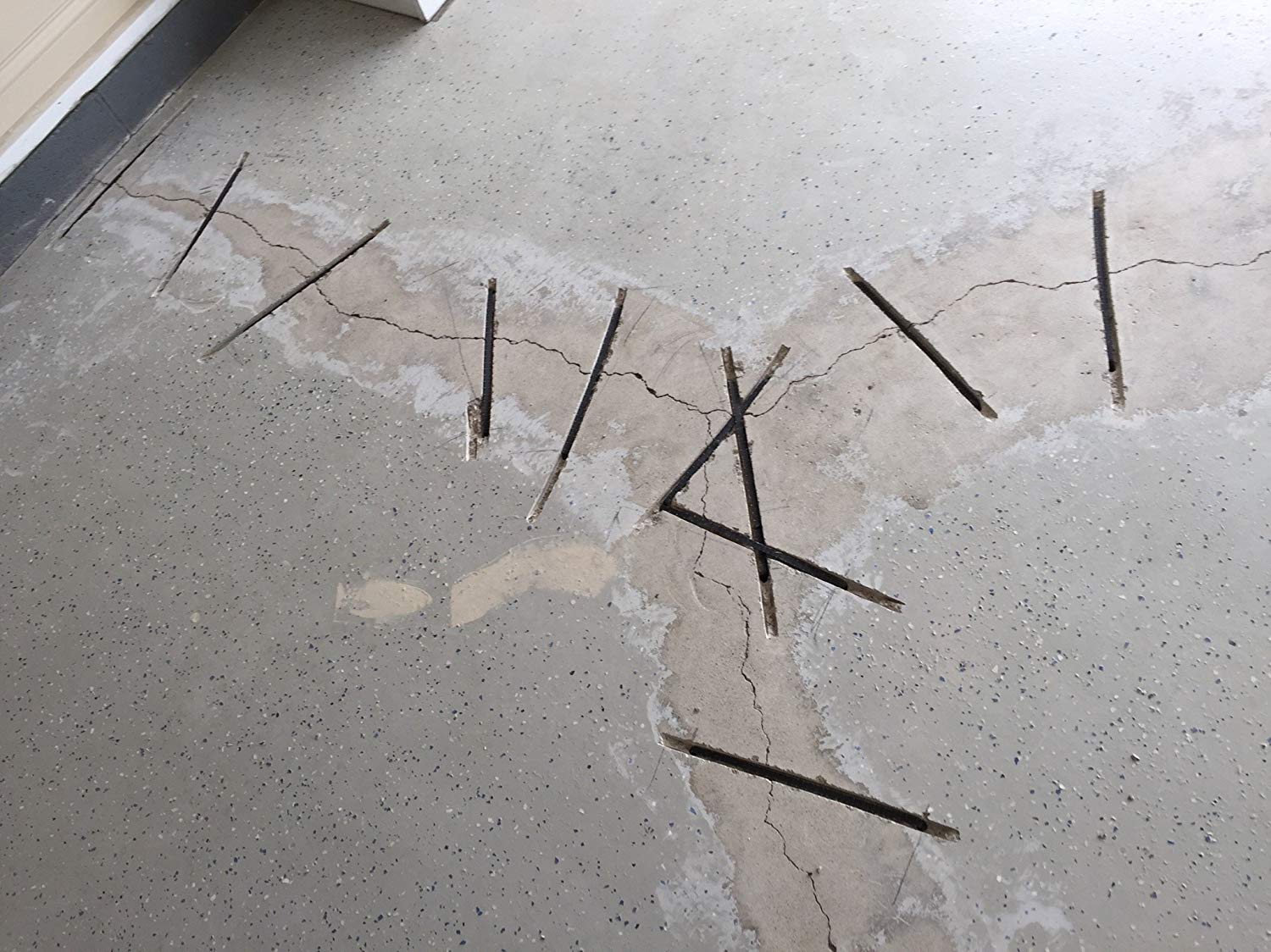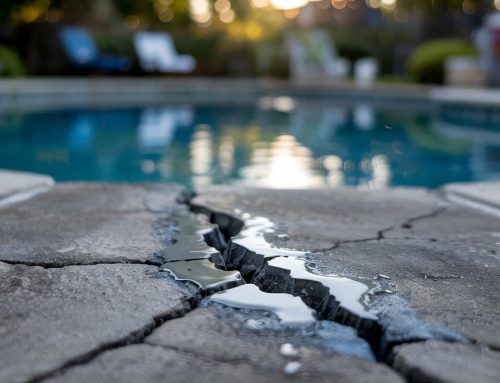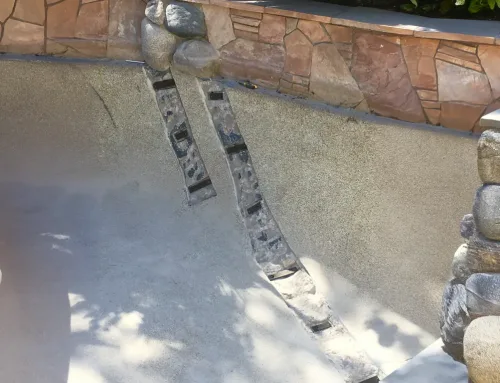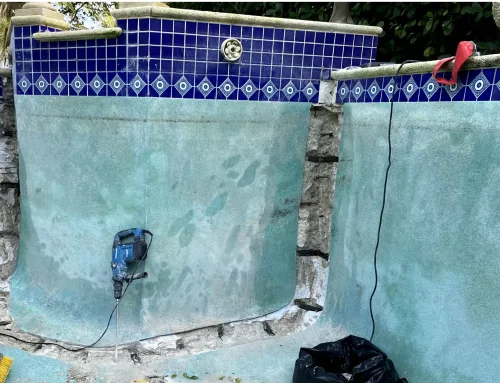It’s likely you found this article the way you found every other article about pool crack repair, by searching for Google results. Looking for the answer from random websites about pool repair is like trying to hit a fish in the ocean with a slingshot – good luck with that. What you did find here, however, is directly from the company that invented the Torque Lock Structural Staple – the only guaranteed solution for applying a controlled compression to the crack in your pool, patented, and proven to work.
There is a lot of misleading information online about pool crack repair. Part of this is because people continue to use outdated repair methods that simply don’t work. These methods include 2-part epoxy, rebar and carbon fiber stitches, often referred to as staples, but they aren’t staples. They’re string with wax on them, applied with glue. Glue doesn’t stop concrete separation.
Lets discuss some of this misleading information you may have previously read about, starting with 2-part epoxy.
When cracks form and water escapes a pool shell, the cheap and easy way out seems obvious – just smear some clay dough into the crack and it will stop the water, right? Well, it might, for a little while, but it isn’t fixing the problem. Understand, the crack isn’t set to sit the way it is today. The crack that occurs is pushed apart by the pressure behind it. It’s going to keep getting wider because the pressure still exists, exerting itself onto the concrete and causing it to get bigger, and bigger and bigger until your pool is unrepairable. Putting an epoxy in it doesn’t stop it from getting wider, and as it gets wider, the epoxy doesn’t spread with the widening crack and now you have leaking around the epoxy. Failed repair attempt.
Then, we see this rebar situation where they cut open the pool, tie in new rebar and pour concrete into the hole they made. Not a repair method! Look, the concrete is re-poured, but it has to bond to the edges of the hole you cut. Two different pours of concrete, forming a theoretical rectangle where the two concretes meet. This means for more long lines where leaks will occur. Plus, it has the potential of reflecting through the surface, leaving unsightly repair marks until the leak happens and then, well, you’re screwed. Ripping open the shell to fix a crack is the wrong way to make repairs.
Now, consider the rebar method of repair itself. You’ve trenched a groove down your crack, you pounded a metal bar into it, and the crack just continues to widen underneath the rebar. Now, you have leaking holes, a widening crack and rusting rebar that has to be removed and repaired. Lets say it again – you’re screwed!
Here’s another misleading promise from the makers of the fiberboard Kevlar Stitch. They tell you that if you cut open the crack and glue a piece of cardboard to it, that’s what Kevlar stitches are, they’re a wax coated piece of cardboard, that it will hold back thousands of pounds of concrete from shifting. Why is it I can’t buy a pair of shows that hasn’t destroyed the box they come in just on the store shelf? Well, because it’s cardboard, and shoes weigh like 2 pounds at best. How much does a pool shell weigh? You can be 100% confident that gluing anything to the wall to try and stop the movement of concrete is a guaranteed failure, waste of money and oh … you’re screwed!
On the market are a number of companies trying to showcase what Torque Lock Staples do, but without any form of controlled compression. They show fancy flat steel pieces with posts in them, they work just like rebar, which means they don’t work, and they look like a Torque Lock Staple – but they don’t have the patented controlled compression REQUIRED to stabilize a crack. The fact is, if it doesn’t say Torque Lock, it’s a fake and using it means … you’re screwed!
It’s true, a lot of “professional knowledge” websites are out there with misleading information from people who have charged customers money to fix pools and when they fix fails, they’re long gone, out of business, have changed phone numbers or simply don’t work in the field anymore. Don’t be mislead. Call Torque Lock and ask the questions you need answers to. Yes, all of those misleading methods of repair are made to look promising – but none of them apply the controlled compression necessary to actually stabilize a crack and make permanent repairs.
There is Torque Lock for that. Call today or visit https://torque-lock.com to get the information you need to permanently fix your pool cracks. 818-436-2953.






